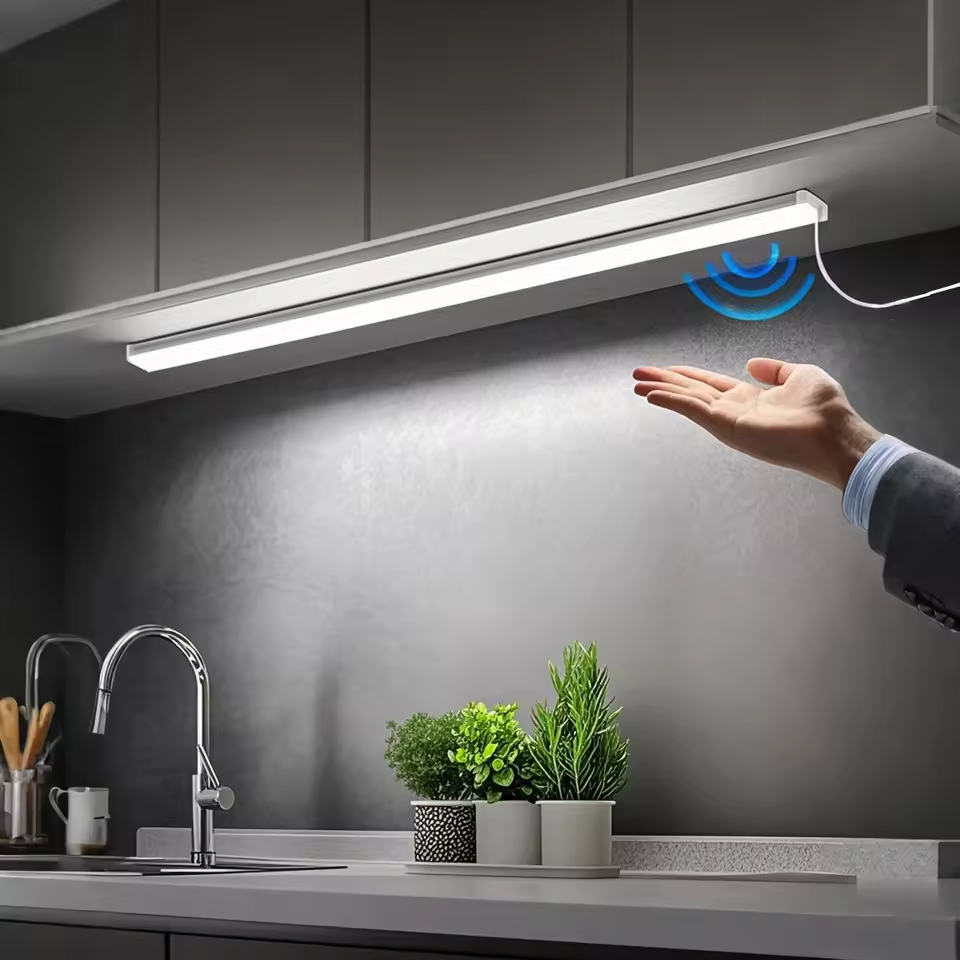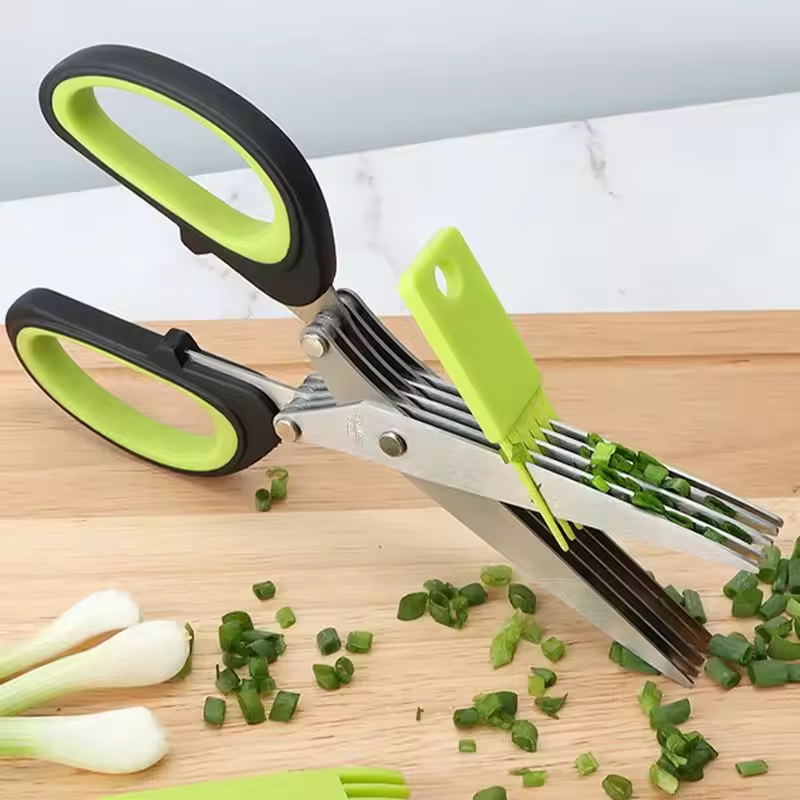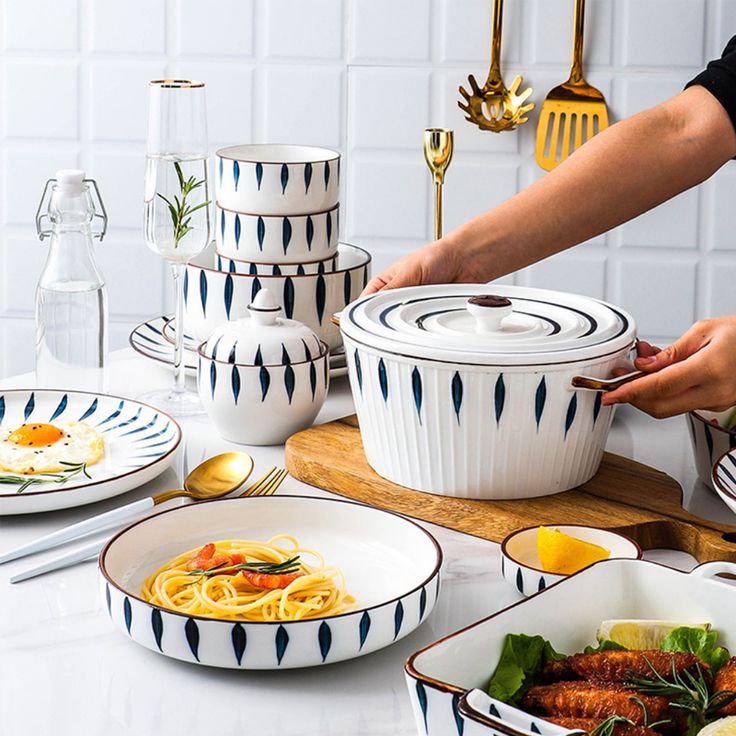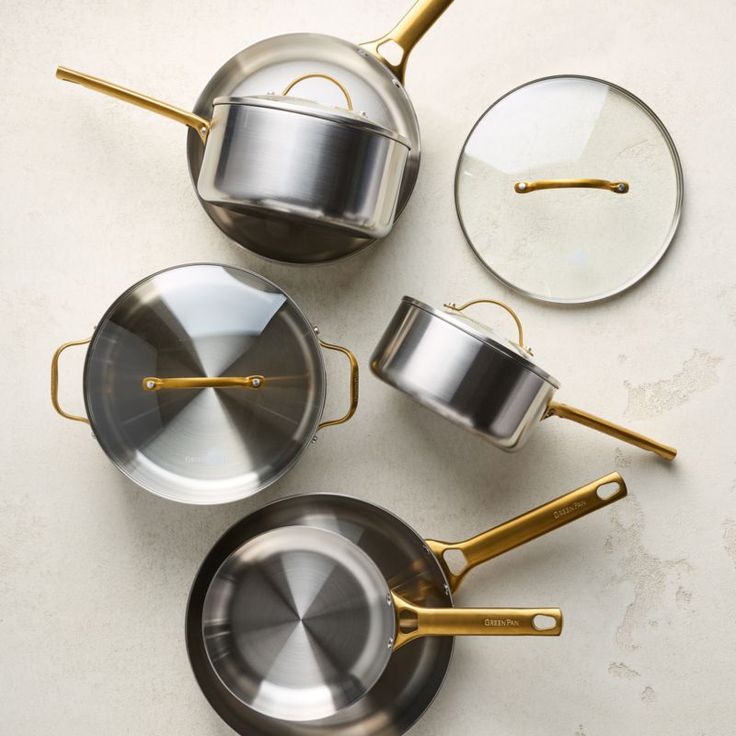Incorporating plants into your kitchen can completely transform the space, adding not only beauty but also a touch of freshness and natural ambiance. Kitchen plants can improve air quality, brighten dull corners, and provide easy access to fresh herbs for cooking. Whether you have a small kitchen or a spacious one, there’s always room to bring a bit of nature inside. Here are 9 creative kitchen plant ideas that will help you brighten up your space.
1. Start with a Herb Garden on Your Countertop
Fresh Herbs at Your Fingertips
One of the most practical and creative plant ideas for your kitchen is starting a small herb garden on your countertop. Herbs like basil, mint, parsley, cilantro, and rosemary thrive in kitchen environments and are incredibly useful for cooking. Having fresh herbs readily available in your kitchen not only enhances your culinary experience but also reduces the need for store-bought dried herbs that can lose flavor over time.
Tips for Growing Your Herb Garden
Choose a sunny spot on your countertop or windowsill that receives plenty of natural light. Herbs typically require 4-6 hours of sunlight each day, so a south-facing window is ideal. For a DIY herb garden, you can use small pots or create a vertical planter system that takes up less space while offering a more compact and organized arrangement. Be sure to water your herbs regularly but avoid over-watering, as herbs prefer slightly dry soil between waterings.
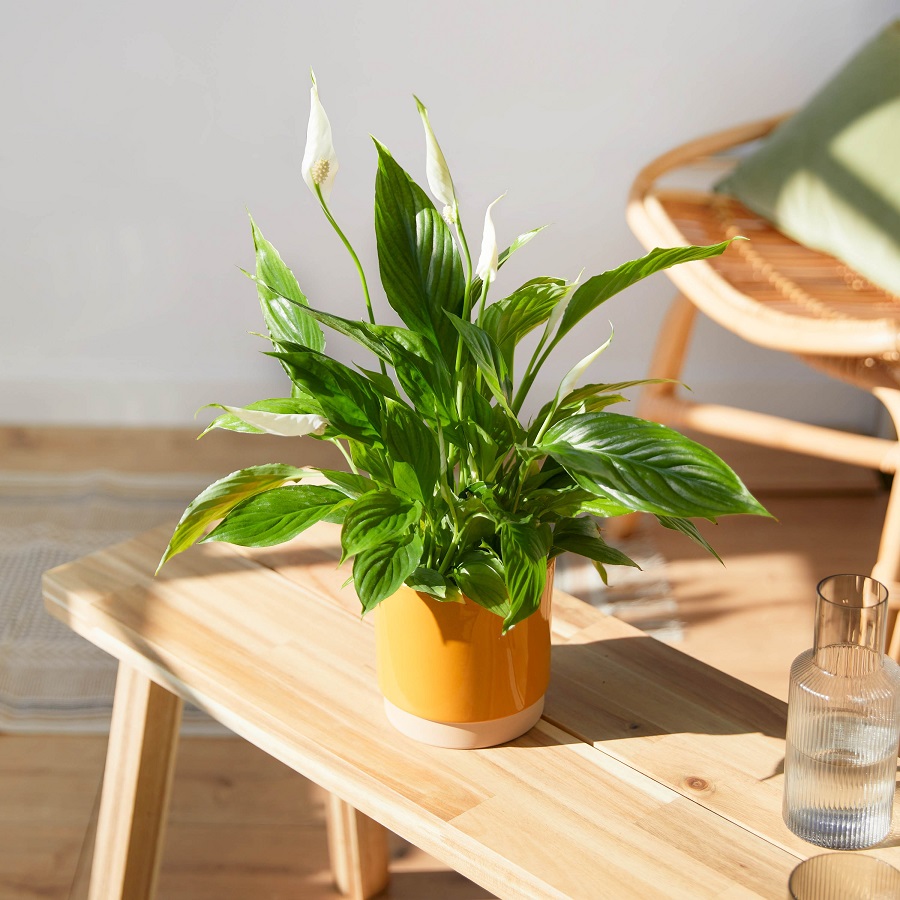
2. Hang Plants Above the Sink for Space-Saving
Maximizing Vertical Space in Your Kitchen
If you have limited counter space, hanging plants above the sink is a great way to add greenery without cluttering up your surfaces. This method makes use of your vertical space while keeping your kitchen tidy and functional. Hanging planters or macramé plant holders can easily accommodate small trailing plants such as pothos, ivy, or spider plants.
Choosing the Right Plants for Hanging
When selecting plants for hanging above the sink, consider plants that thrive in humid environments. The kitchen sink area often has a higher level of moisture, which makes it an ideal spot for plants like ferns, ivy, or peace lilies. These plants not only add beauty but also purify the air, helping to keep your kitchen fresh and clean. Ensure your hanging plants are not blocking your light source, and be mindful of water drainage to avoid any mess.
3. Install a Window Shelf for an Indoor Greenhouse
Create a Mini Greenhouse with a Window Shelf
If you have a window with ample sunlight, installing a window shelf or small shelving unit can give you space for a variety of plants. A window shelf offers a perfect opportunity to create an indoor mini greenhouse, where you can grow multiple plants at once. This space is especially great for growing herbs, small flowers, or even succulent plants that need plenty of light to thrive.
Best Plants for a Window Shelf
Succulents, like jade plants, echeveria, or aloe vera, are perfect for a kitchen window shelf because they need bright, direct sunlight. If you prefer flowering plants, consider small flowering varieties like violets or begonias, which can brighten up the space with their colorful blooms. When placing plants on a window shelf, make sure the shelf is positioned to get enough light, and avoid overcrowding to ensure each plant has room to grow.
4. Use Floating Shelves for Greenery Display
Create a Stylish Display with Floating Shelves
Floating shelves are a great way to add visual interest to your kitchen while incorporating plants. These shelves offer a minimalist design that doesn’t overpower the room and can hold multiple small potted plants, decorative vases, or kitchen accessories. You can use floating shelves to create a vertical garden or a combination of plants and decor, creating a perfect balance between nature and style.
How to Style Floating Shelves with Plants
When styling floating shelves, choose plants of varying heights and textures to create a visually appealing look. Low-maintenance plants like snake plants or ZZ plants work well on floating shelves, as they can survive with minimal attention while still adding greenery. Alternatively, consider mixing plants like ferns, aloe, or herbs with decorative items like glass jars or wooden trays. This way, your floating shelves not only showcase your plants but also add depth and personality to the space.

5. Incorporate Air Plants for a Low-Maintenance Option
Air Plants: A Stylish, Low-Maintenance Choice
Air plants (Tillandsia) are a fantastic addition to your kitchen because they require very little care. Unlike traditional potted plants, air plants don’t need soil to grow, making them perfect for creative displays like hanging in glass terrariums, mounted on driftwood, or placed in decorative containers. Their unique aesthetic adds a touch of modern elegance to any kitchen.
How to Care for Air Plants
Air plants absorb moisture and nutrients through their leaves, so all they need is a good soak once a week. Simply submerge them in water for about 20-30 minutes, then let them dry completely before placing them back in their display. Air plants thrive in bright, indirect light and are incredibly adaptable to different environments, which makes them perfect for kitchens. They also purify the air by removing toxins and increasing oxygen levels, which can contribute to a fresher atmosphere in your kitchen.
6. Create a Vertical Garden for Compact Kitchens
Make the Most of Small Kitchen Spaces with Vertical Gardens
For those with limited kitchen space, a vertical garden is a creative way to bring greenery into your home. By using wall-mounted planters or racks, you can grow a variety of plants upwards, which saves floor and countertop space. This solution is especially useful for growing herbs, flowers, and small vegetables in compact kitchens where traditional gardening might not be an option.
Designing a Vertical Garden
Start by installing a vertical garden rack, a pocket planter, or use a system of hanging pots that can be mounted on the wall. This arrangement allows for multiple plants to be arranged in a way that maximizes light exposure. Choose plants that don’t require excessive maintenance but still provide greenery and visual interest, such as succulents, trailing ivy, or herbs. A vertical garden not only adds beauty but also creates a stunning focal point in the kitchen, making it an ideal option for both small and large spaces.
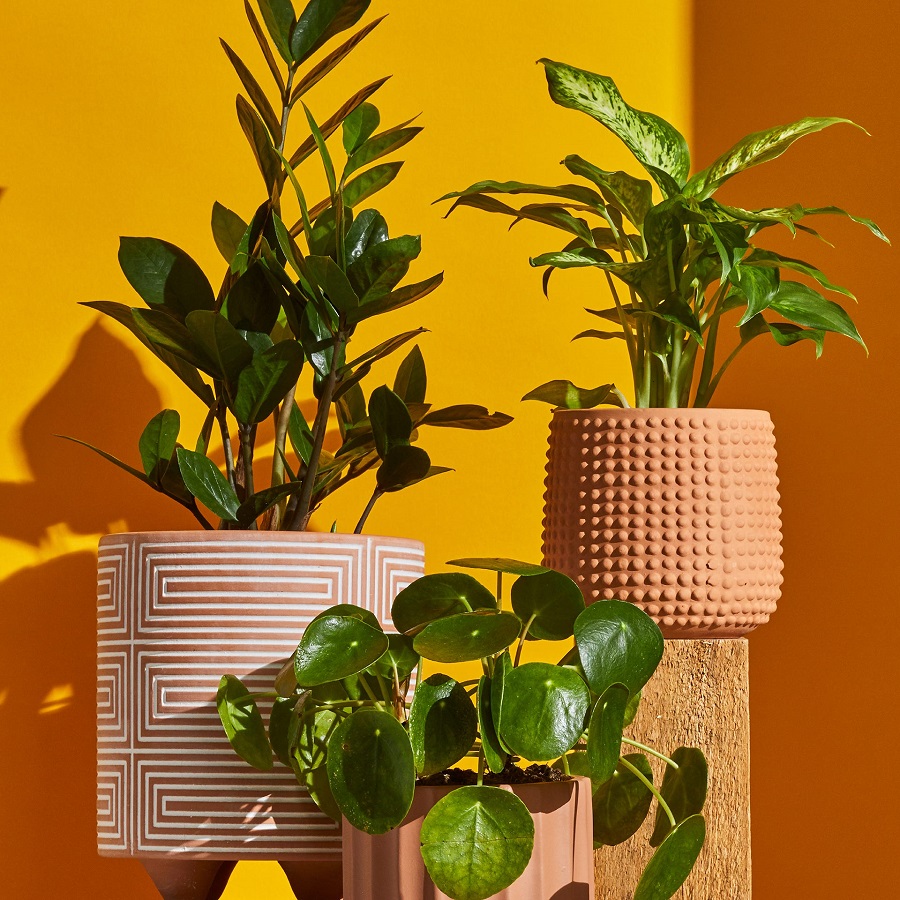
7. Add Plants to Your Kitchen Island for an Inviting Look
Make Your Kitchen Island a Statement Piece
The kitchen island is often the heart of the kitchen, where family and friends gather. Adding a plant or two to the island can create a warm, inviting atmosphere. A large potted plant, such as a fiddle leaf fig or a rubber plant, can serve as a statement piece in the center of your island, giving your kitchen a fresh and lively vibe.
How to Style Your Kitchen Island with Plants
When decorating your kitchen island with plants, consider the size of the plant and its surroundings. A tall, dramatic plant can stand out beautifully in the middle of an island, while smaller plants or herbs can be grouped in decorative pots along the edges. If your island has a built-in sink, opt for smaller, low-maintenance plants that won’t obstruct the workspace. Choose plants that complement the kitchen’s color palette and overall design style to create a cohesive look.
8. Use Succulents for Easy Care and Contemporary Style
The Timeless Appeal of Succulents
Succulents are a perfect addition to modern kitchens because they’re easy to care for and look visually stunning. With their unique shapes and colors, succulents add a contemporary flair to any kitchen. They’re also incredibly low-maintenance, requiring minimal watering and thriving in bright, indirect light. Succulent plants can be displayed in a variety of creative ways, from decorative pots to geometric terrariums, making them a versatile option for any kitchen style.
Best Succulents for the Kitchen
Some popular succulents for the kitchen include jade plants, echeveria, and aloe vera. These varieties are well-suited for indoor environments and can thrive on windowsills, countertops, or shelves. When styling succulents, consider mixing them with other plants or placing them in a modern planter to create an eye-catching display. Their ability to retain water makes them ideal for a busy kitchen, as they don’t require frequent attention.
9. Bring in Trailing Plants for a Lush Look
Add Drama with Trailing Plants
For a more dramatic effect, incorporate trailing plants in your kitchen. These plants add a lush, cascading look that’s perfect for creating a green oasis in your kitchen. Plants like pothos, ivy, and string of pearls are ideal choices for kitchens due to their ability to thrive in both bright and low-light conditions.
How to Display Trailing Plants
Trailing plants can be displayed in hanging planters, mounted baskets, or even along shelves. The cascading effect of these plants adds dimension to your kitchen space and creates an enchanting atmosphere. Trailing plants also work well in corners or hanging from the ceiling, where they can grow downwards and create a natural curtain of greenery.



